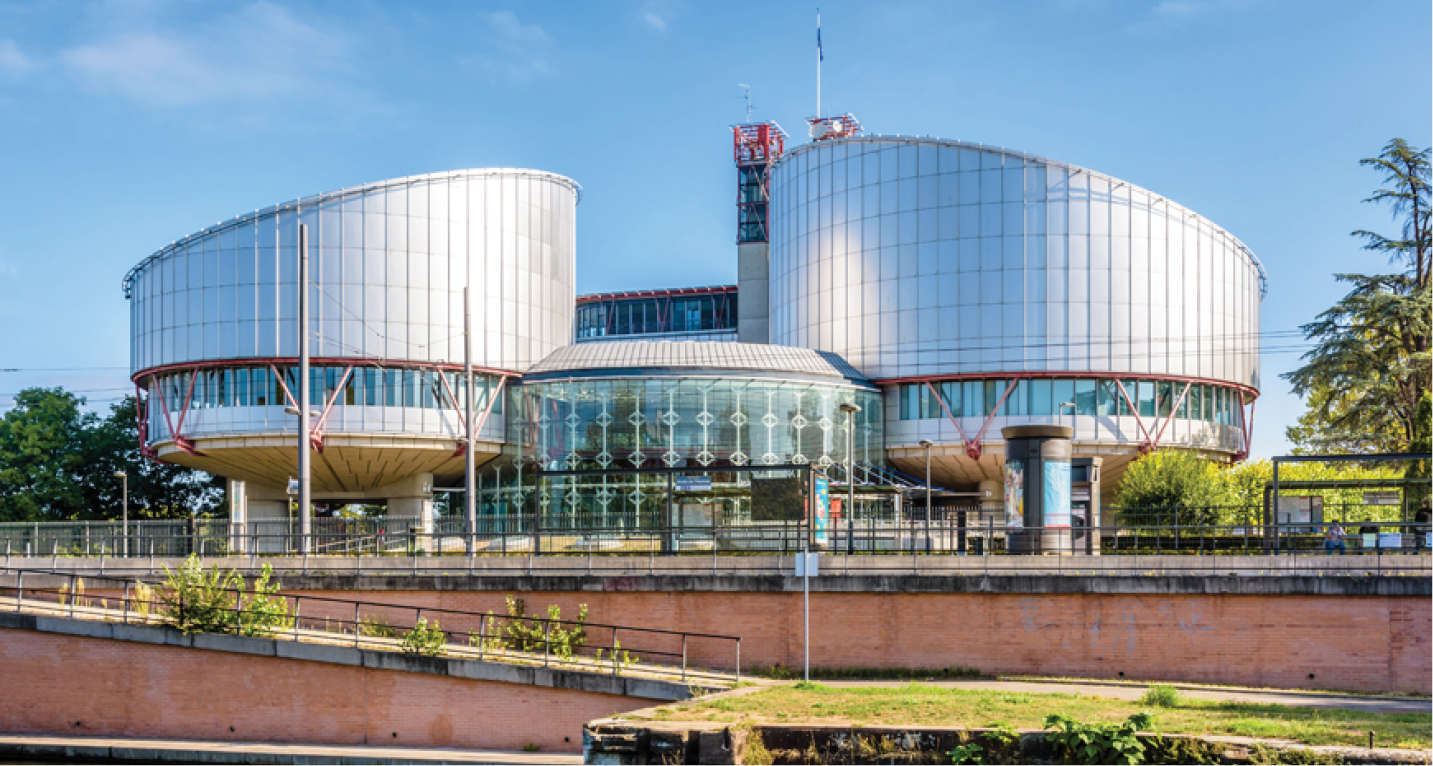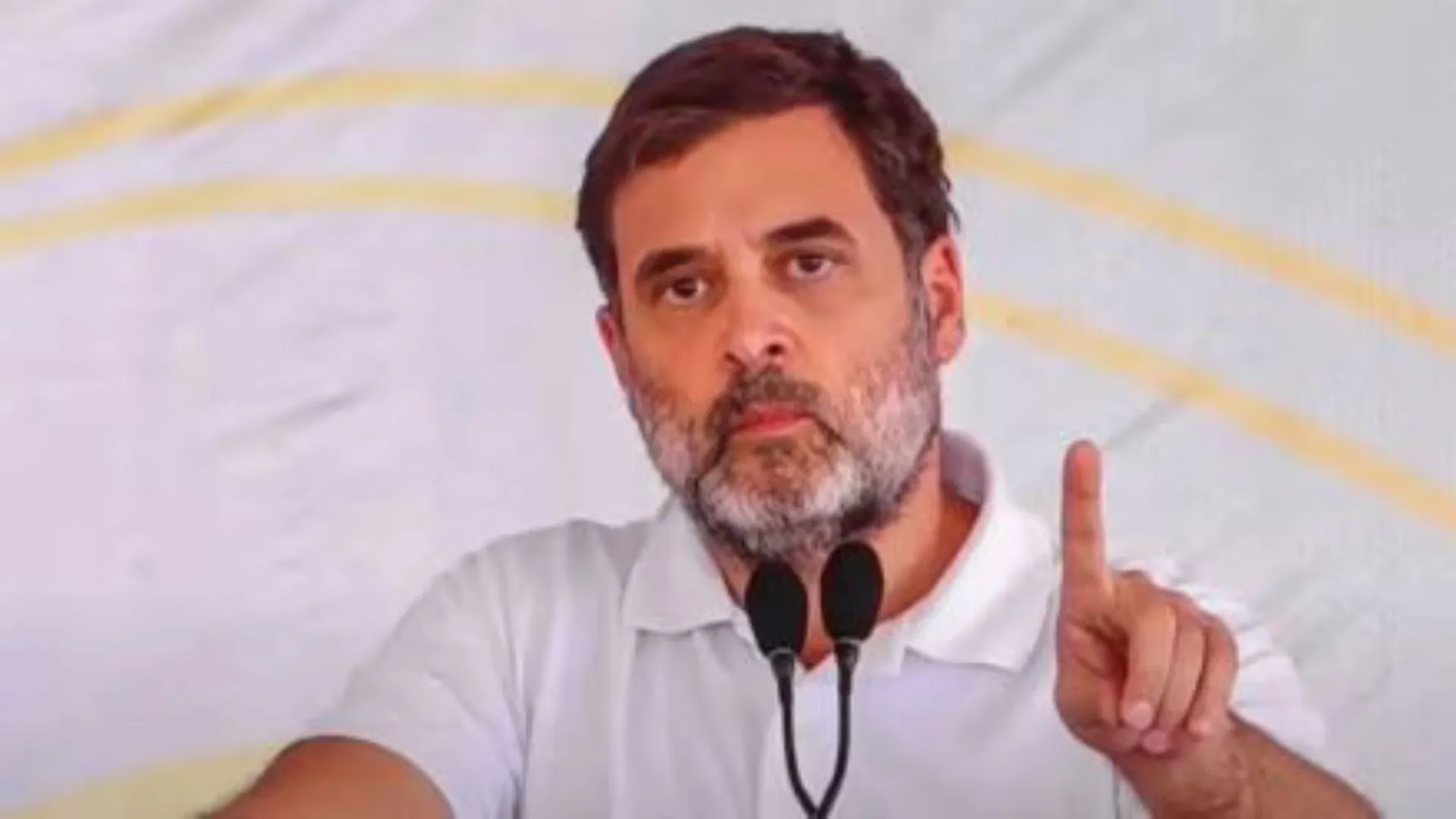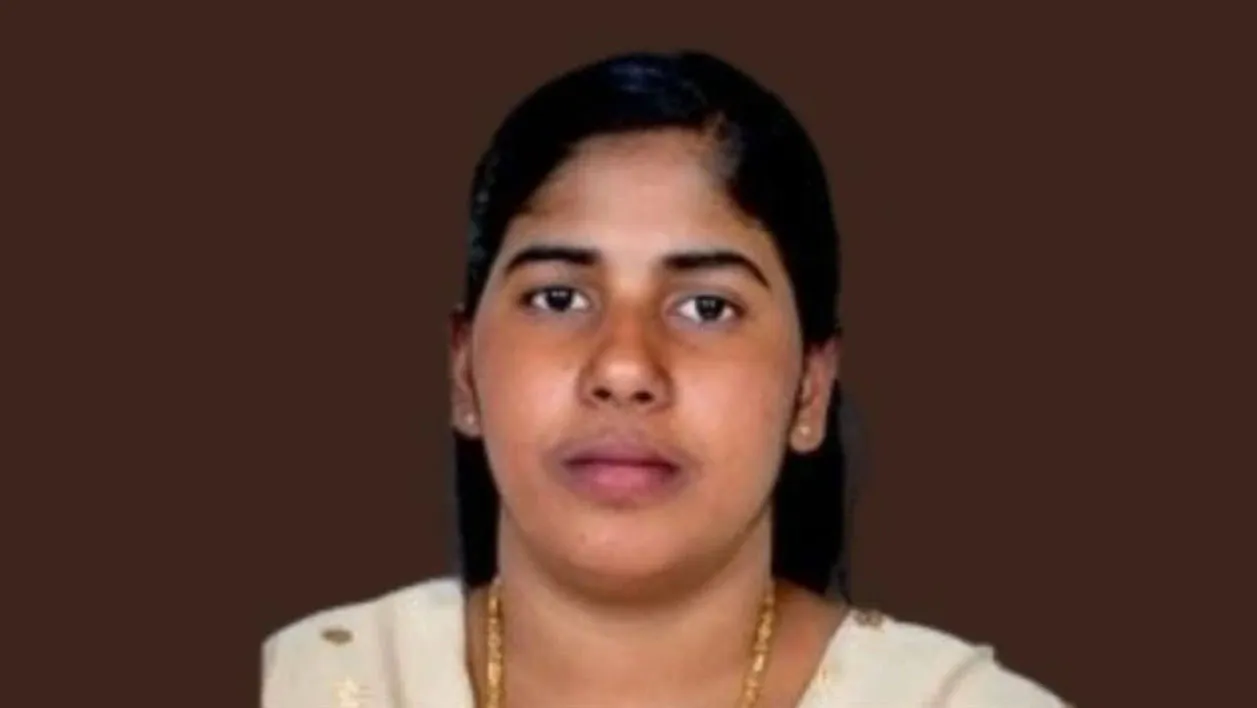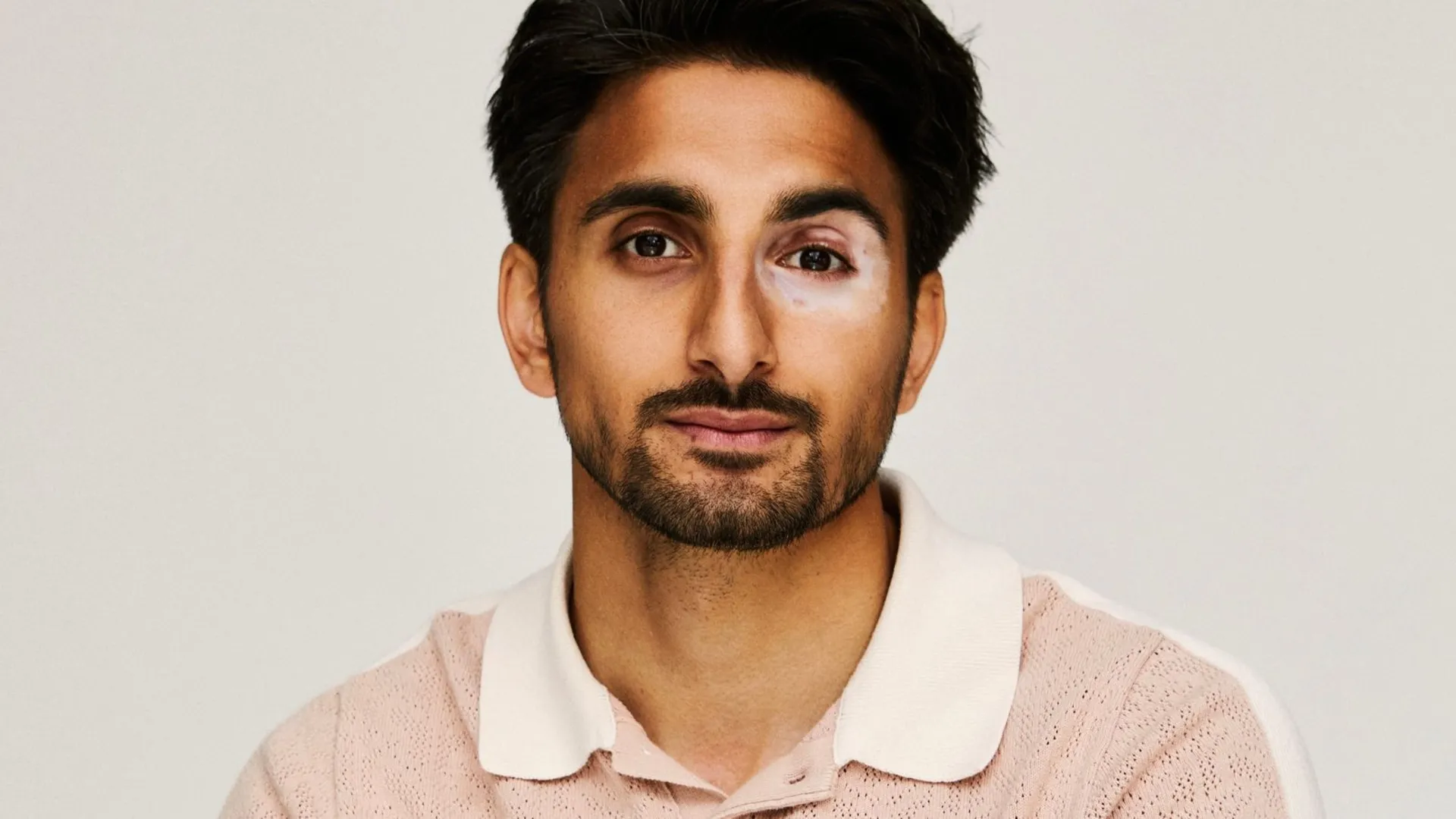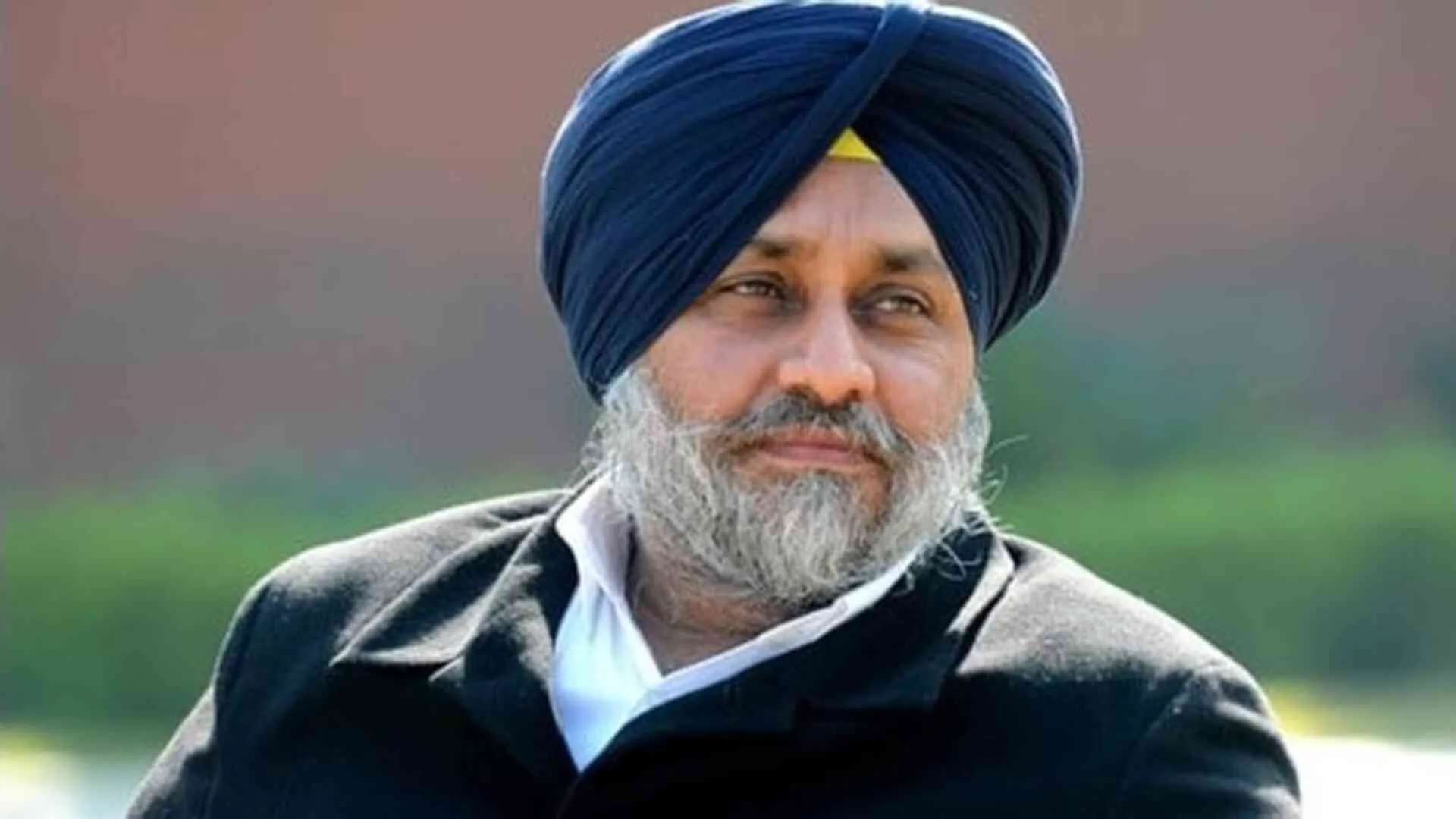METAMORPHOSIS OF HUMAN RIGHTS IN EUROPEAN UNION: The European Court of Human Rights, hereafter referred to with the acronym ECtHR, was initially created to uphold the principles proclaimed in the European Convention on Human Rights and to address any violations thereof. While it has been managing this role for many years now, it faces many obstacles to effectively maintaining its work, including a high number of case applications and backlogged cases and an inability to enforce its judgments. There are some solutions to make the ECtHR more efficient and its principles more diffused through the nations of the Council of Europe, therefore making it more effective in its mission to preserve human rights.
Among other things, the ECtHR has had a positive impact on the right to a fair trial, slavery and human trafficking, equality, freedom of speech, privacy, right to life, and freedom of religion. Their website shows how they have benefited from the pursuit of each of the rights promised in the European Convention on Human Rights in all 47 countries they have jurisdiction over as member states of the Council of Europe. While the ECtHR does have its obstacles, its work is generally beneficial for its member states and the individuals living there.
One of the biggest threats to the ECtHR’s efficiency and effectiveness is the number of case applications it receives yearly, the number it has to deny, and the number that becomes backlogged as they do not have enough time to address them all. Their statistics from 2020 show that they received 62,000 pending applications and could only deliver judgments on 1,901 cases. In the same year, the number of cases they delivered judgments on was less than the number they accepted, so the year finished with a deficit or a backlog of cases. Every year is a similar story. The ECtHR is unable to handle the number of applications it receives, usually immediately denies a great number of cases, and still ends up with cases backlogged. This is detrimental to the ECtHR’s productivity and efficiency, which goes on to negatively impact its effectiveness in addressing broad counts of human rights violations as well as its credibility or reputation.
WAY FORWARD FOR JUSTICE
Another considerable obstacle the ECtHR faces is the lack of accountability from the Council of Europe’s member states in implementing the ECtHR’s decisions or judgments. When the ECtHR gives a judgment, the case will go back to the country it came from and the ECtHR cannot enforce whether the national government will respect and act on its judgment. Almost 10,000 of the ECtHR’s judgments have been ignored by local governments in various countries, again leading to a problem of credibility. The Committee of Ministers of the Council of Europe could take action against this problem, but most of them turn a blind eye, hoping to receive the same treatment if they are ever in the same position. The Ministers could also choose to expel the countries that do not follow the ECtHR’s judgments, but this would only exacerbate the problem as it would release these countries from the ECtHR’s jurisdiction entirely and human rights violations could occur without any checks. This issue is one that many international organizations face—their credibility and ability to act are based entirely on the goodwill and voluntary efforts of the countries associated with it. Without other countries agreeing to act accordingly, there is nothing they can do to enforce their decisions, sometimes leading to the perception or belief that these organizations are useless.
CONCLUSION
The ECtHR’s first solution to its overflow of cases and case applications was to identify and prioritize key cases in each batch of applications. They have listed on their website the key cases of each year dating back to 2007. While this does not solve the problem of the number of cases they are unable to impact or address, it does show that they are striving to be as efficient as possible by carefully selecting the cases they have capacity to take. The ECtHR also began multiple reform projects that address the aforementioned issues, showing that it has recognized what needs to be fixed and is willing to put in the work to find creative solutions. They began projects to further spread the principles of the Convention on Human Rights to member states’ laws through training, educating, and providing resources. This strengthens each country’s ability to address human rights violations before it has to go all the way to the European Court of Human Rights, as well as increases each country’s commitment to these shared principles of human rights. This training is an effective way to address problems and increase the commitment to human rights throughout the Council of Europe states. In 2004, the ECtHR also began the process of extending the term of office of the judges, creating more infrastructure in the court, establishing stricter criteria for accepting applications, and creating resources for friendly settlements out of court. They have also passed protocols to reduce the amount of time a case spends in court. Lastly, it has been suggested that to solve specifically the issue of the lack of ability to enforce its judgments the ECtHR should resurrect a previous practice of providing positive incentives, such as aid and assistance programs, to countries to encourage compliance. A combination of advancing these strategies and continuing to seek new solutions can easily push the ECtHR further toward effectiveness as it resolves its inefficiencies and credibility problems. In fact, these strategies are already working. Long-term trends in backlogged cases show that the ECtHR is becoming more efficient as its numbers have been slowly decreasing since 2002.
While the European Court of Human Rights faces challenges to its effectiveness, it overall is improving and working to address and solve these problems over time while continuing to deliver its judgments. The ECtHR should continue to reform and seek new, creative ways to resolve these issues, as it is not likely that these problems will go away on their own.

